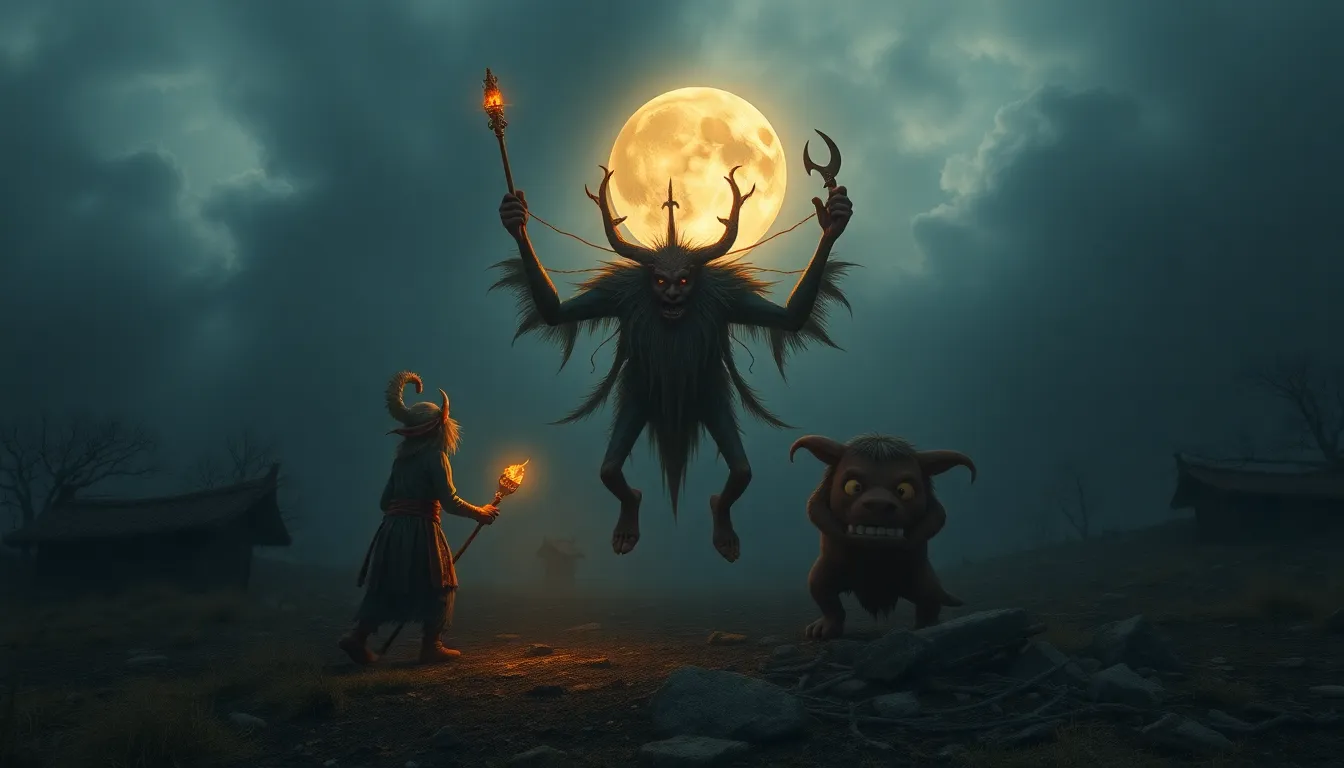The Cultural Significance of Trickster Myths
Introduction to Trickster Myths
Trickster myths are fascinating narratives that feature characters known as tricksters, who embody a unique blend of cunning, humor, and chaos. These figures often challenge social norms and authority, using their wit and guile to navigate the complexities of life. Tricksters are characterized by their ability to deceive, manipulate, and transform, often serving as catalysts for change within their respective cultures.
Across the globe, trickster myths are prevalent in numerous cultures, from the clever Coyote of Native American folklore to the mischievous Anansi of West African stories. These narratives not only entertain but also convey deep cultural values and moral teachings, reflecting the shared human experience.
Historical Context of Trickster Myths
The origins of trickster myths can be traced back to ancient civilizations, where they often served as foundational narratives within cultural frameworks. For example, in ancient Egypt, the god Thoth exhibited trickster qualities as a mediator and a bringer of wisdom. Similarly, in ancient Greece, Hermes, the messenger of the gods, displayed trickster traits through his cunning and cleverness.
Over time, the archetype of the trickster has evolved, adapting to the changing social and cultural landscapes. During the Middle Ages, trickster figures such as the jester emerged, who used humor and wit to critique societal norms and authority. This evolution highlights the adaptability of the trickster figure across different historical periods.
Common Themes and Motifs in Trickster Myths
Trickster myths often explore several common themes and motifs that resonate across cultures. Notable themes include:
- Deception: Tricksters frequently use deception as a tool to achieve their goals, challenging the status quo.
- Duality: Tricksters often embody dual characteristics, representing both chaos and order, good and evil.
- Transformation: Many trickster stories involve transformation, where characters shift identities or shape-shift into other forms.
Common motifs include:
- Animals: Many tricksters are depicted as animals, such as the sly fox or the clever rabbit.
- Shape-shifting: The ability to change form is a recurring element that underscores the trickster’s fluid identity.
- Humor: Humor plays a vital role in trickster narratives, often providing relief and insight into complex social issues.
Tricksters in Indigenous Cultures
Indigenous cultures around the world feature prominent trickster figures that serve essential roles in storytelling and cultural identity. Two notable examples are:
- Coyote: In Native American folklore, Coyote is often portrayed as a creator and a trickster, using his intelligence to navigate challenges while teaching valuable life lessons.
- Anansi: In West African tales, Anansi the spider is celebrated for his cleverness and resourcefulness, often outsmarting larger and more powerful beings.
Both Coyote and Anansi convey moral lessons, emphasizing values such as cunning, resilience, and the importance of community. Their stories reflect the complexities of human nature and the social values of their cultures.
Trickster Figures in World Religions and Mythologies
Trickster figures also appear prominently in world religions and mythologies, each serving unique theological purposes. For instance:
- Loki: In Norse mythology, Loki is a shape-shifter who plays a pivotal role in various myths, often causing trouble for the gods while also aiding them in their quests.
- Hermes: In Greek mythology, Hermes is the god of trade and communication, known for his cunning and ability to deceive, which often results in beneficial outcomes.
The behavior of these trickster figures raises theological questions about morality, the nature of good and evil, and the complexity of divine intervention in human affairs.
Trickster Myths in Literature and Arts
The influence of trickster archetypes extends into literature and the arts, where they continue to inspire writers and artists. For example:
- Literature: Shakespeare’s Puck from “A Midsummer Night’s Dream” embodies the trickster spirit, using mischief to create chaos and resolution in the narrative.
- Visual Arts: Tricksters are often depicted in visual arts, showcasing their playful and rebellious nature, challenging the viewer’s perception of reality.
Performance arts, including theater and dance, also frequently explore trickster themes, using humor and satire to comment on societal issues.
Psychological Perspectives on Trickster Myths
From a psychological standpoint, trickster myths can be analyzed through a Jungian lens, where the trickster symbolizes aspects of the unconscious mind. The trickster represents the shadow self, embodying traits that society often represses or deems unacceptable.
The humor and playfulness of trickster figures serve as coping mechanisms, allowing individuals to navigate societal norms and expectations. This psychological exploration highlights the significance of trickster myths in understanding human behavior and social dynamics.
The Role of Tricksters in Social Commentary
Trickster myths serve as powerful tools for social commentary, critiquing authority and challenging cultural norms. Tricksters often disrupt the social order, exposing hypocrisy and injustice while advocating for change. Examples of contemporary trickster figures include:
- Political Satire: Comedians and satirists often take on trickster roles, using humor to critique political figures and societal issues.
- Media Figures: Characters in movies and literature sometimes embody the trickster spirit, challenging conventional narratives and encouraging audiences to question societal norms.
Trickster Myths in Modern Society
In modern society, trickster figures remain relevant as they address current social issues. Activists and social movements often adopt trickster-like strategies to challenge the status quo, using humor and satire to engage the public and provoke thought. Case studies of modern tricksters include:
- Protest Movements: Groups that use playful tactics to draw attention to serious issues, often employing parody and humor to convey their messages.
- Digital Activism: Online platforms where individuals adopt trickster personas to challenge misinformation and advocate for social justice.
Conclusion: The Enduring Legacy of Trickster Myths
The enduring legacy of trickster myths lies in their ability to adapt and resonate across cultures and time periods. These narratives reflect the complexities of human nature, offering insights into our shared experiences and societal challenges. Understanding and preserving trickster myths is essential, as they continue to provide valuable lessons and commentary on the human condition in contemporary culture.



